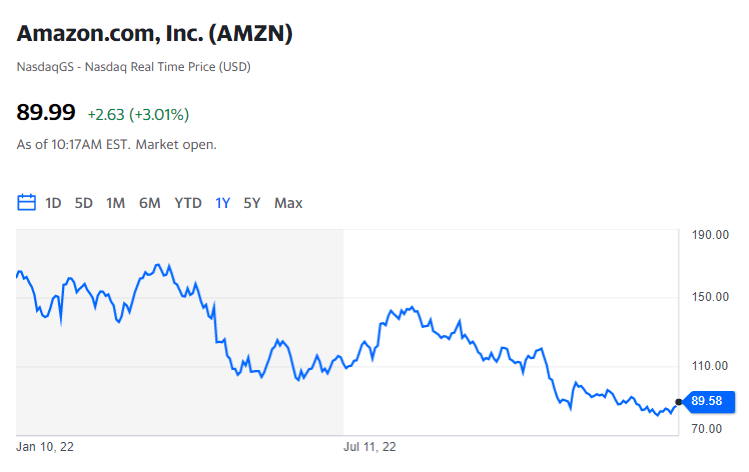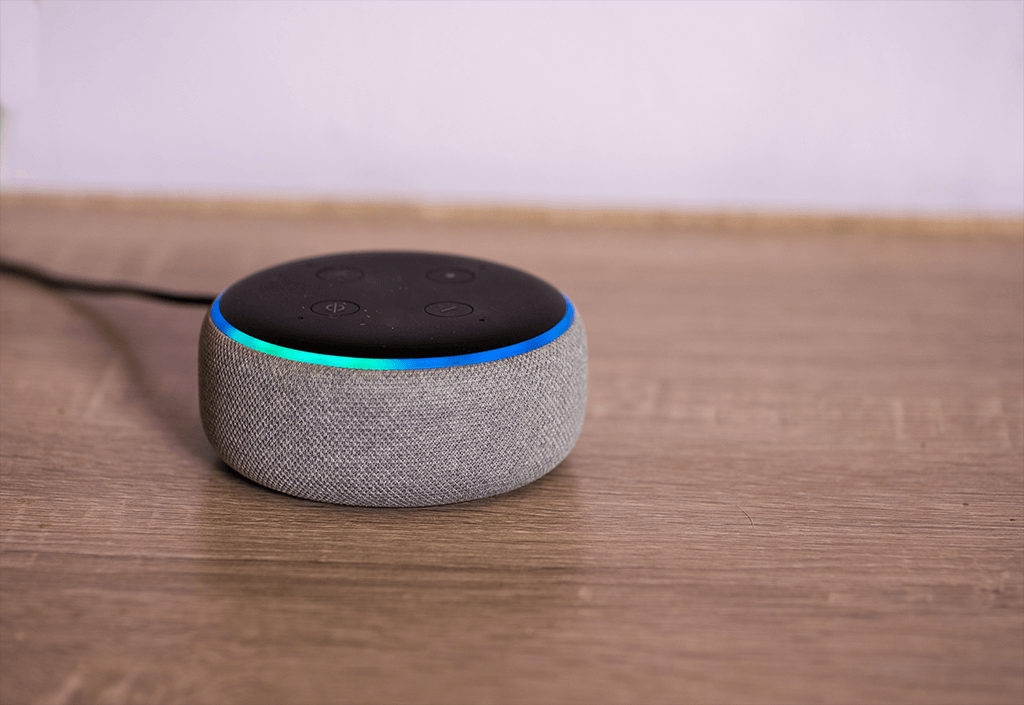At this year’s CES, Amazon (AMZN) is announcing efforts to build out Alexa’s capabilities, a move that comes just a few months after slashing the division’s workforce.
To start, Alexa will launch a number of EV charging features. For instance, consumers will now be able to use Alexa to find the nearest EV charging stations by saying, “Alexa, find an EV charging station.” EV charging operator EVgo (EVGO) and Amazon also partnered to enable voice-initiated payments, in which users will also be able to pay for their car charge by saying, “Alexa, pay for my charge.”
“The EV charging experience is a lot more fragmented than for gas customers, who can pretty much stop at any location,” said Amazon Smart Vehicles VP Anes Hodžić in a statement. “[So] we created a comprehensive, end-to-end experience that helps EV drivers search for—and navigate to—an available charging station and pay for the charge all at once.”
When Amazon laid off 10,000 of its corporate workforce in November, about 3% of its corporate workforce, many of those layoffs were in the company’s Alexa division. This news is perhaps not un-related – As the company’s reportedly downsizing its Alexa operation, it makes sense that Amazon would seek alternative ways to build out Alexa.

Alexa developers are getting new features and tools
Amazon also revealed the first features of its Alexa Ambient Home Dev Kit, which allows third-party developers to build out their own apps for the smart home device.
The new features of the Alexa Ambient Home Dev Kit include credentials sharing, group sync, and two-way device sync. The company also announced a new developer tool called the Matter Analytics Console, which offers metrics by which app developers can assess the “quality of service customers experience when interacting with their devices using Alexa,” per a statement. Matter is Amazon’s standard that seeks to bring all smart home tech together, so consumers don’t end up with too many apps on too many different devices.

Amazon is coming off a rough year, with shares dropping about 48% over the course of 2022. The company, like other big tech names, contended with softened consumer demand, high inflation, and rising interest rates. Still, Amazon was hit harder than many. Comparatively, the tech-heavy Nasdaq (^IXIC) is down approximately 30% in the last 12 months.
Source: finance.yahoo.com

